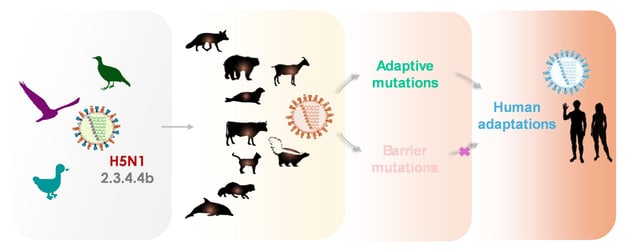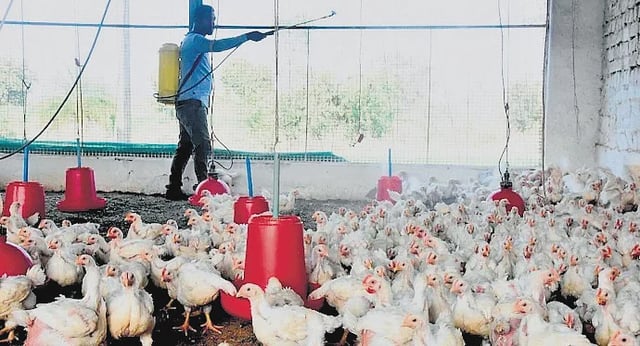Overview
- Researchers conducted a computational analysis of over 42,000 viral protein sequences, including 7,000 from birds, 820 from non-human mammals and 35,000 from human influenza isolates.
- The study detected elevated mutation frequencies in the viral polymerase complex proteins PA and PB2, nucleoprotein and haemagglutinin, all linked to adaptations seen in human-infecting influenza strains.
- Comparative assessment revealed that H5N1 variants adapted to fox hosts exhibit notably higher human-adaptive potential than those circulating in cattle.
- The research, led by Sannula Kesavardhana with first author Ranjana Nataraj, is published in Microbiology Spectrum under DOI 10.1128/spectrum.00948-25.
- Based on these insights, the team urges targeted, proactive surveillance in identified animal reservoirs to mitigate mutations that could enable sustained human transmission.


